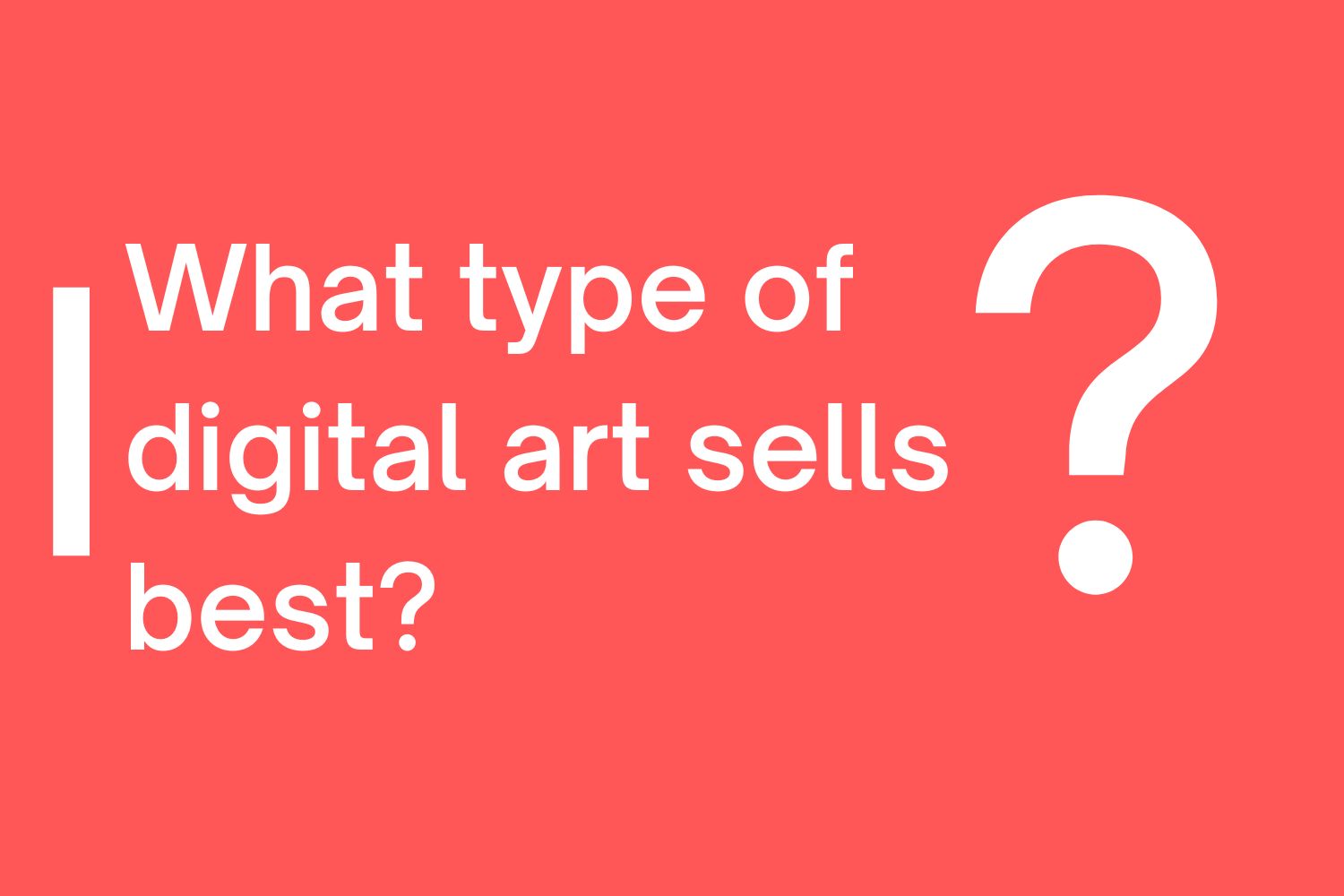What type of digital art sells best?
Introduction: In recent years, the popularity and demand for digital art have skyrocketed, opening up exciting opportunities for artists to showcase and sell their creations. However, with the vast array of digital art styles and mediums available, it’s natural to wonder which types of digital art sell the best. In this article, we will explore some of the most lucrative and sought-after types of digital art, providing insights into their appeal and potential market value.
- Illustrations and Character Art: Illustrations and character art are perennial favorites in the digital art market. This type of art captures the imagination of viewers, often evoking emotions and telling compelling stories. Whether it’s whimsical illustrations, detailed portraits, or imaginative character designs, these pieces resonate with a wide range of art enthusiasts and collectors. Illustrations and character art can find a market in various sectors, including book covers, gaming, branding, and merchandise.
- Concept Art: Concept art plays a crucial role in the entertainment and gaming industries. It involves creating visual representations of ideas, characters, and environments during the early stages of a project’s development. Concept art showcases the artist’s ability to translate imagination into visually stunning designs. The demand for concept art is high among game developers, film studios, animation studios, and advertising agencies seeking unique and captivating visuals for their projects.
- Digital Paintings: Digital paintings offer artists the ability to create stunning and realistic works with digital tools. From landscapes and still-life compositions to portraits and abstract pieces, digital paintings can cater to a wide range of art enthusiasts. The versatility of digital painting allows artists to experiment with different styles and techniques, making it an appealing choice for collectors looking for unique and visually striking artwork.
- NFT Art: Non-fungible tokens (NFTs) have revolutionized the art world by enabling artists to create and sell unique digital assets with verified ownership. NFT art encompasses various forms, including digital paintings, animations, virtual reality experiences, and interactive installations. The scarcity and authenticity associated with NFT art have attracted a growing number of collectors and investors in recent years, resulting in high-profile sales and increased market visibility.
- Digital Photography: Digital photography has witnessed tremendous growth due to advancements in technology and the ease of sharing and selling images online. Photographers can capture stunning landscapes, portraits, still-life compositions, and conceptual art using digital cameras and editing software. With the ability to reach a global audience through online platforms and marketplaces, digital photographers can sell their work to art enthusiasts, interior designers, stock photo agencies, and editorial publications.
- Motion Graphics and Animation: Motion graphics and animation have gained popularity in various industries, including advertising, film, television, and online media. Artists skilled in this domain can create captivating visual narratives, explainer videos, advertisements, and animated shorts. With the rise of video content consumption, the demand for motion graphics and animation continues to grow, presenting opportunities for artists to sell their digital creations to companies and content creators.
Conclusion: The world of digital art offers a plethora of opportunities for artists to monetize their talents. While the best-selling types of digital art may vary based on trends and market demand, illustrations and character art, concept art, digital paintings, NFT art, digital photography, and motion graphics/animation consistently attract a significant audience and potential buyers. By exploring these genres and finding their unique artistic voice within them, artists can position themselves for success in the thriving digital art market.


